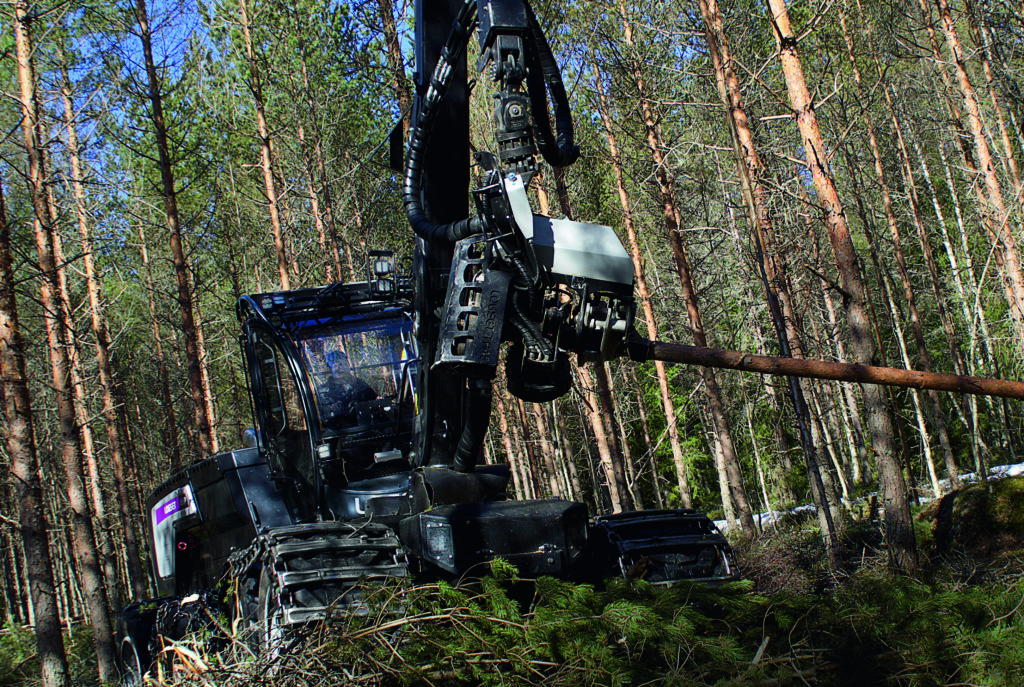Three out of four Finns accept planned increase of harvests – excessive fellings are supported most in the capital region

Finns consider that forestry in Finland is sustainable, as was revealed by an opinion poll commissioned by the newspaper Maaseudun Tulevaisuus. One in every two respondents agreed with this statement, while the share of those who rejected it was roughly one fifth.
The positive response to the planned annual logging levels is somewhat surprising. National bioeconomy plans dictate that the harvesting volumes will be either clearly or at least somewhat below the annual increment.
Four out of five respondents could accept harvesting volumes that are clearly under the annual increment, somewhat under it, equal to it or occasioally higher than it. The three highest options were acceptable to three out of four respondents.
The responses were classified according to the gender, age and place of residence of the respondents. In terms of age, harvesting found most favour among those over the age of 65, followed by those between 30 and 44 years of age.
Eighteen percent of the respondents could accept harvesting volumes exceeding the annual increment, as long as the excess was occasional and not too frequent. What was most surprising was that this option was more frequently acceptable in the capital region than elsewhere, reaching a share of 21 percent there. The lowest level of acceptance for this option was found in other urban areas in Finland (16.6 percent).
The poll carried out for the Maaseudun Tulevaisuus did not inquire whether or not the respondents were aware of current logging levels. On the other hand, the Metsä ja puu [Forest and timber] opinion poll, carried out by the Finnish Forest Association since 1993, shows that during the 2000s, 60–70 percent of the respondents have agreed somewhat or absolutely with the statement “The volume of growth of Finnish forests is larger than the volume harvested.”

Other forestry countries harvest more than Finland
According to the latest estimate by the Natural Resources Institute Finland, the annual increment of stemwood in Finland is some 110 million cubic metres, while the removal of stemwood, or the volume harvested, was some 62 million in 2016.
As regards timber production, the highest sustainable and continuous harvesting level is determined by subtracting natural loss from the increment. In Finland, the volume of natural loss is clearly below ten million cubic metres.
Still, even this level may be exceeded without harming sustainability, if the excess is occasional and harvesting volumes are kept correspondingly under the sustainable level in subsequent years.
The Government of Finland plans to increase the annual harvesting volume by 15 million cubic metres. According to the Finnish Environment Institute and the Natural Resources Institute Finland, this target will not exceed sustainability if, at the same time, the maintenance of forest biodiversity is improved from the current level.
Compared to Finland, harvesting volumes are larger in many European countries. For example, in Sweden they are on a par with the annual increment, while Austria harvests 90 percent and Germany 80 percent of the annual increment.
The opinion poll by Maaseudun Tulevaisuus was carried out by TNS Gallup Agri towards the end of October. The total number of respondents was 3,010. The sample selected was representative of adult Finns, excluding the Åland islands. The maximum statistical error is two percentage points.
Kirjoita kommentti